Photograph a pocket-sized penguin
When it comes to getting up close to a penguin, it has to be Phillip Island. Just a short drive from Melbourne, or a ferry ride from the wineries of the Mornington Peninsula, and you’ll find yourself in prime wildlife-spotting territory. From May to October, look out towards the Western Port and Bass Strait to spy migrating whales and, as the sun sinks into the sea, head to the viewing area at Summerland Beach ready for a parade of Little Penguins waddling towards their burrows in the sand dunes.
If Phillip Island has the monopoly on penguins, Queensland’s Fraser Island is all about dingoes – these wild dogs have protected status and roam freely along the wide beaches. As a World Heritage site, the island’s sand dunes and tropical rainforests are best explored from an eco-accredited resort-like Kingfisher Bay.
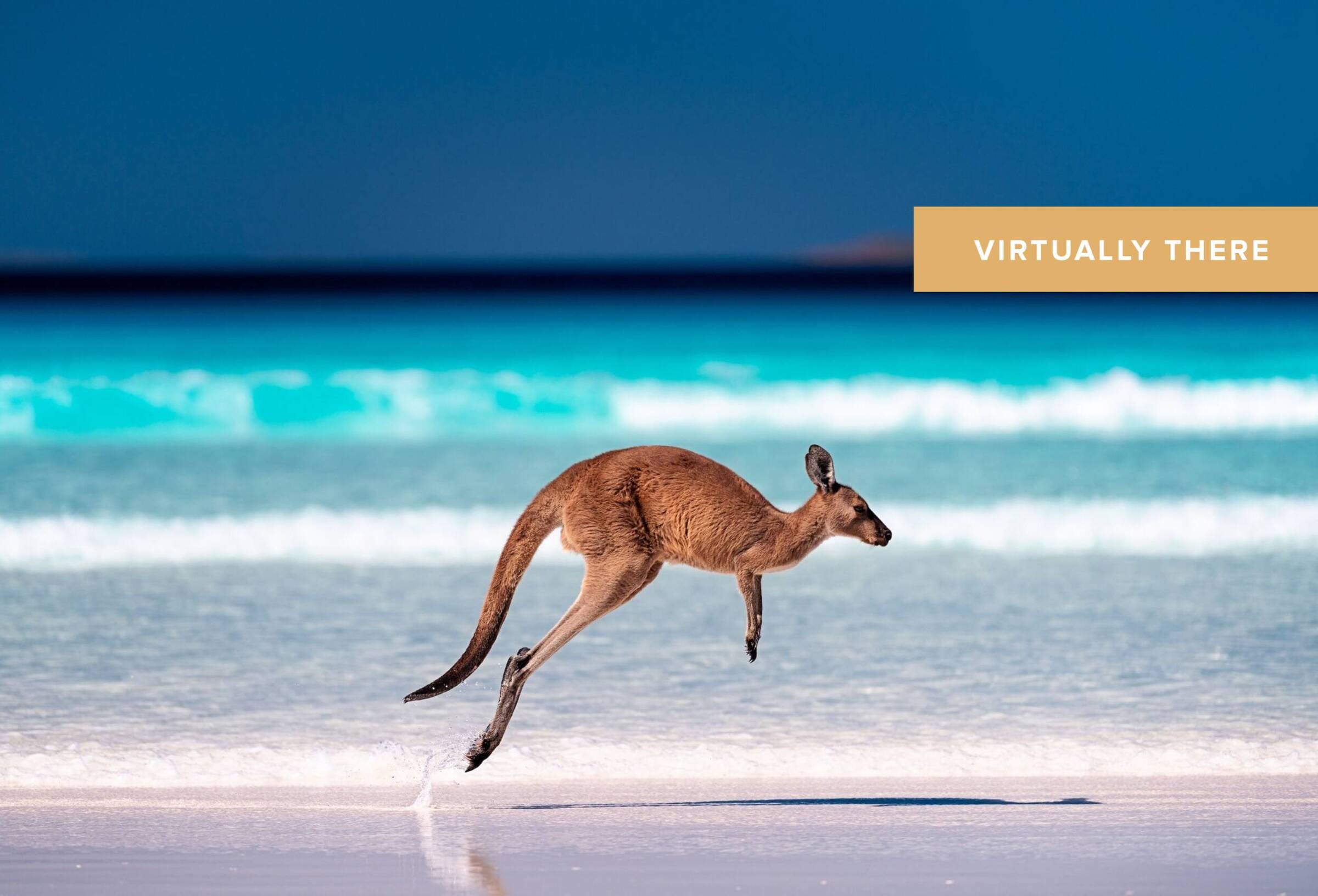

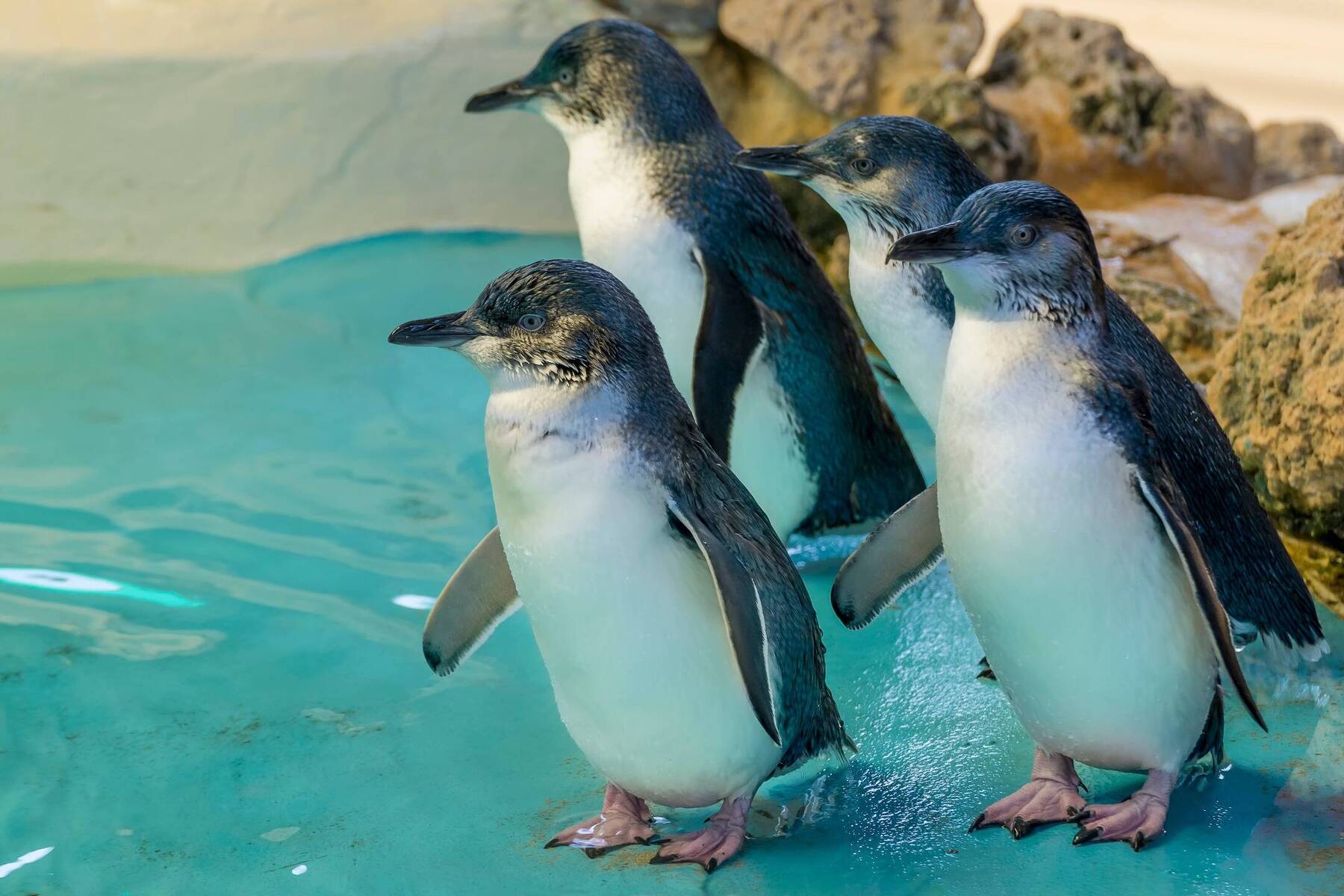
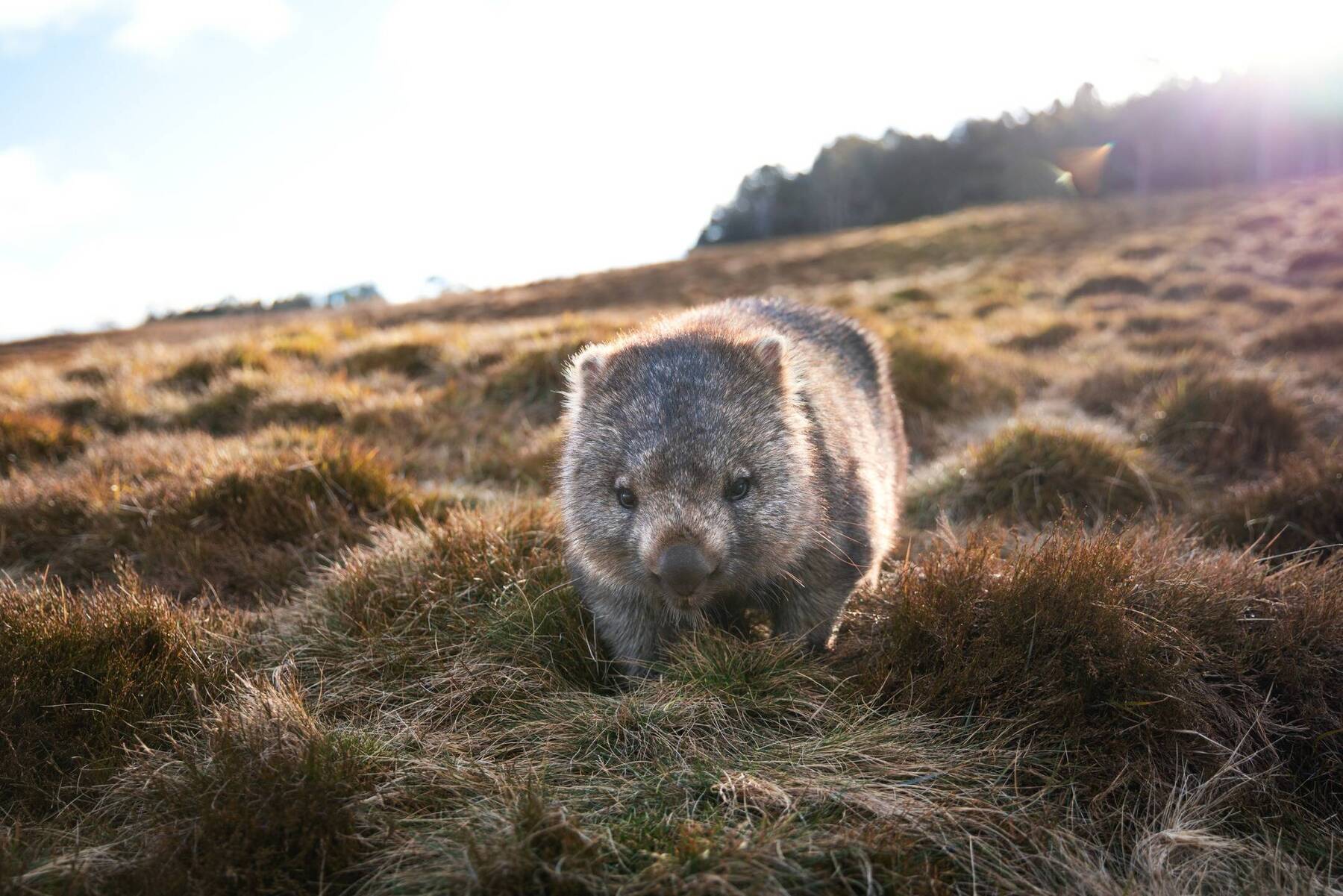

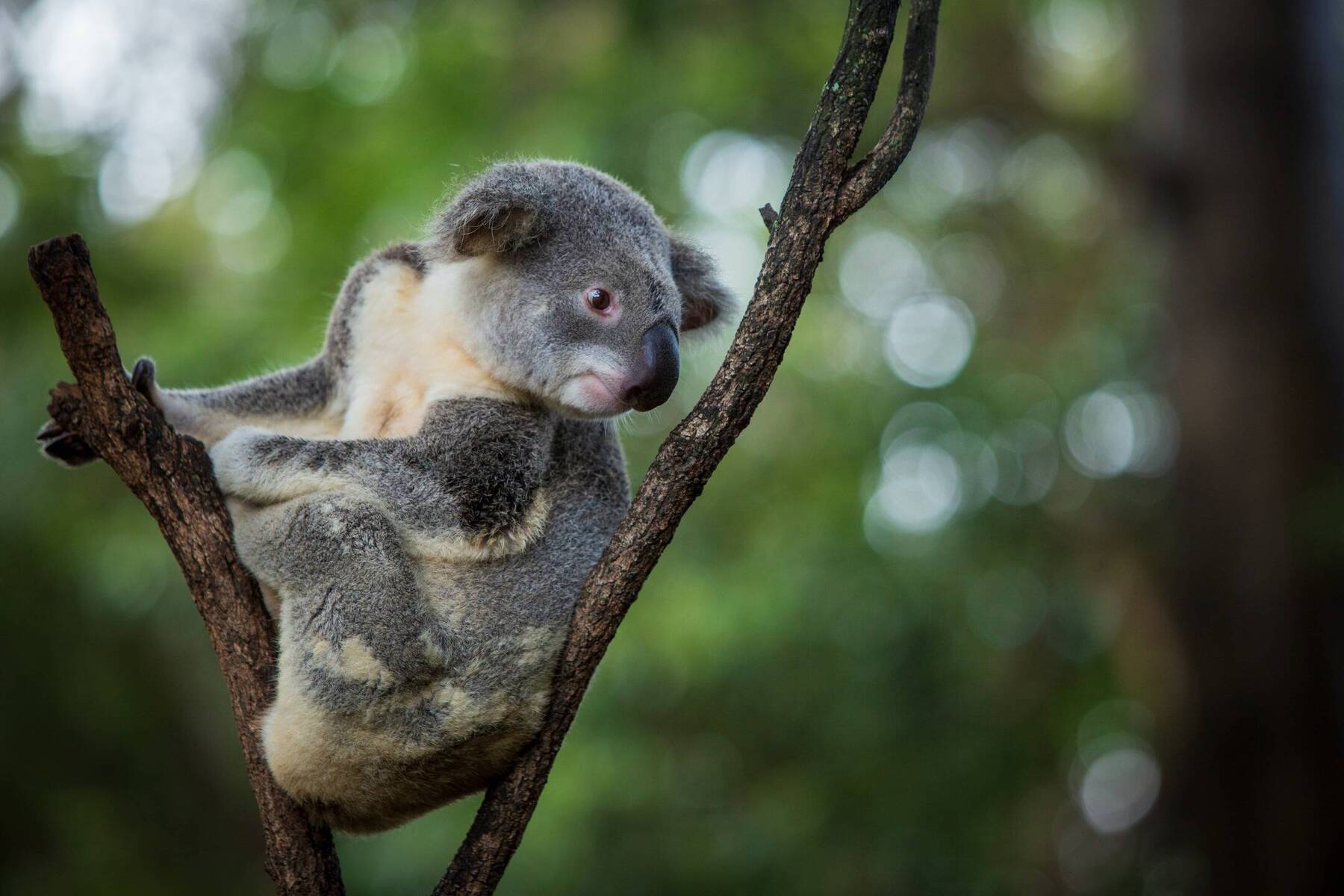
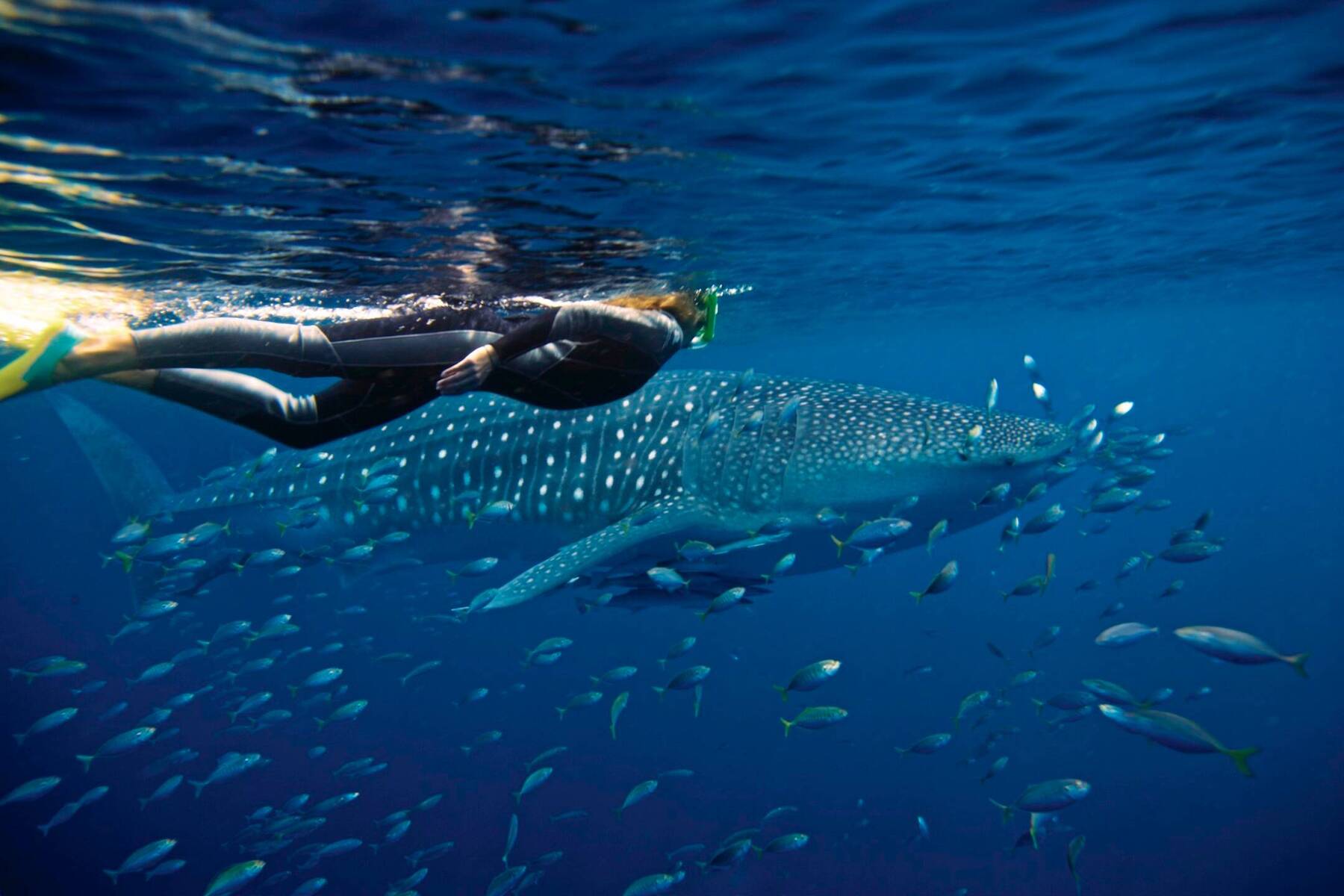
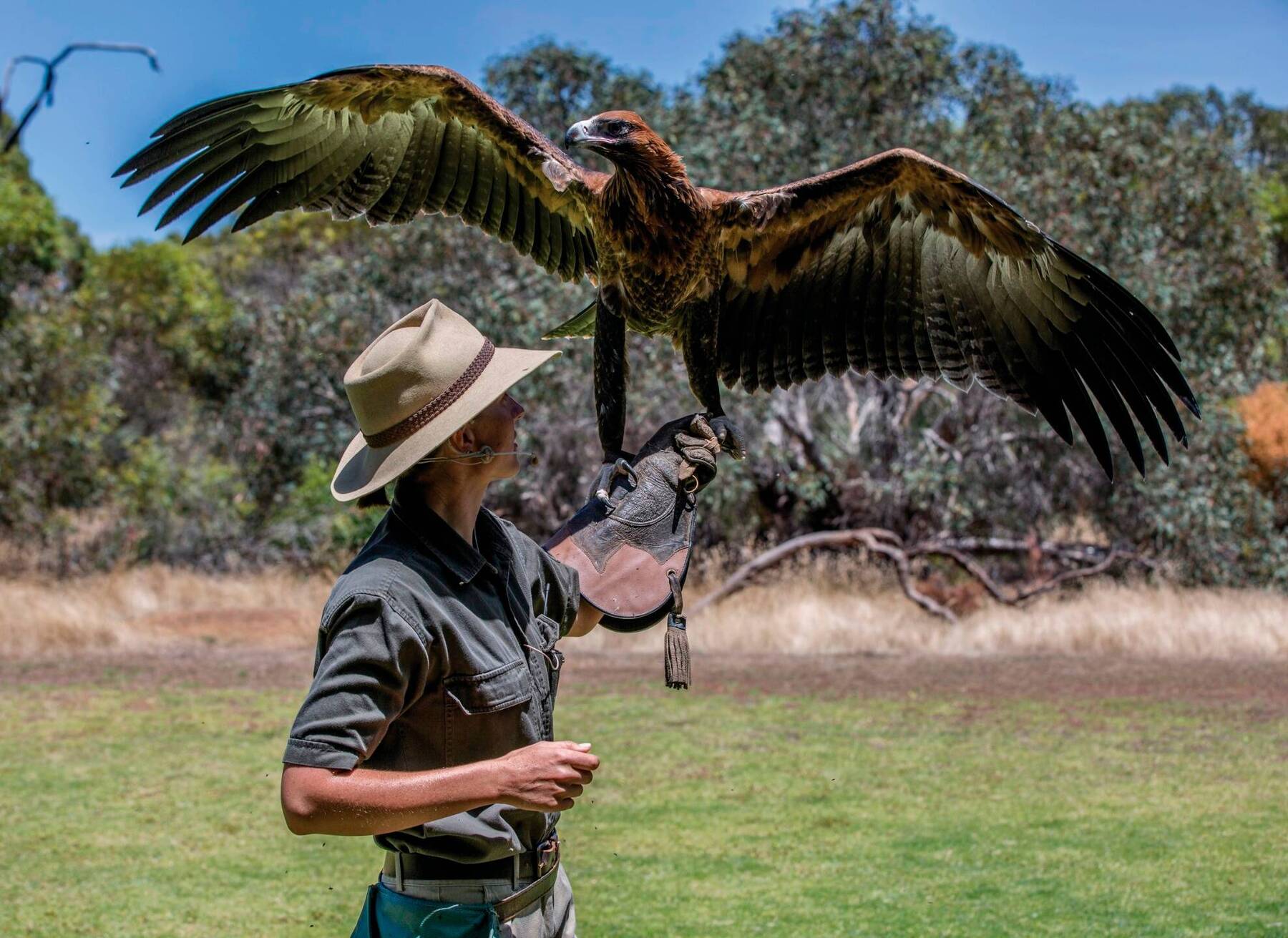
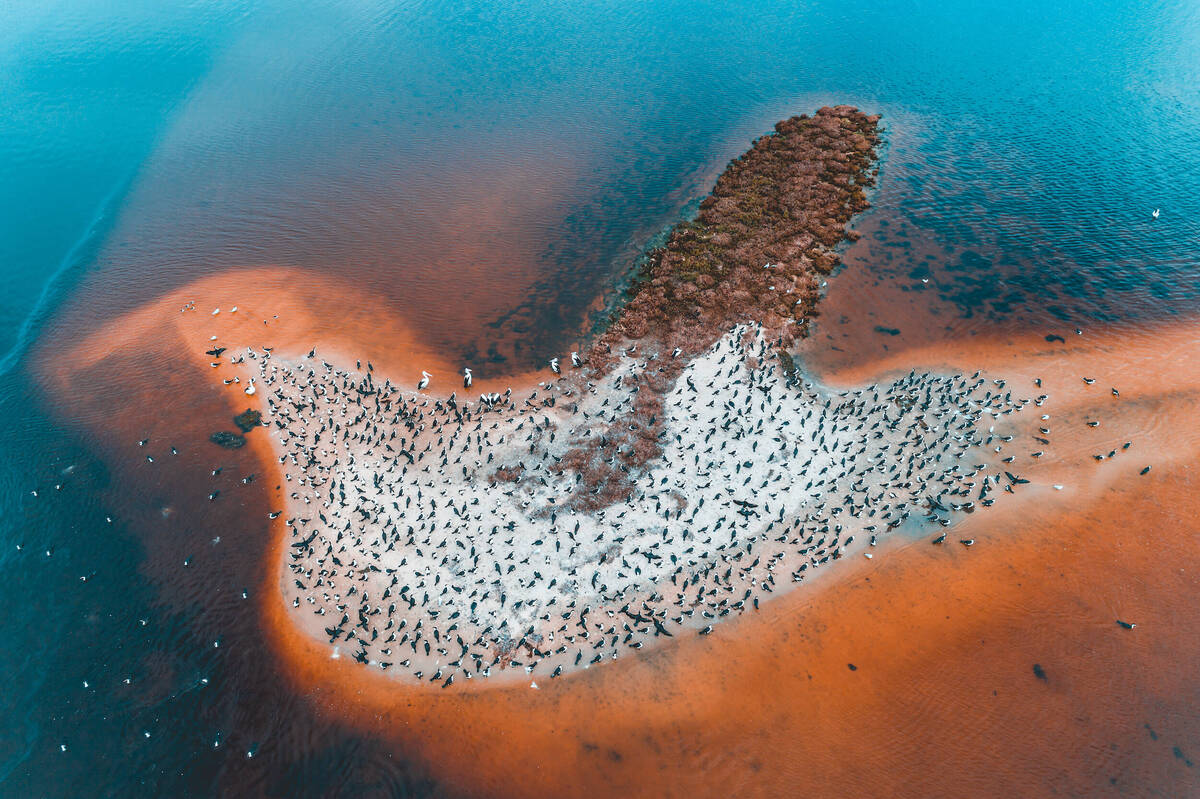
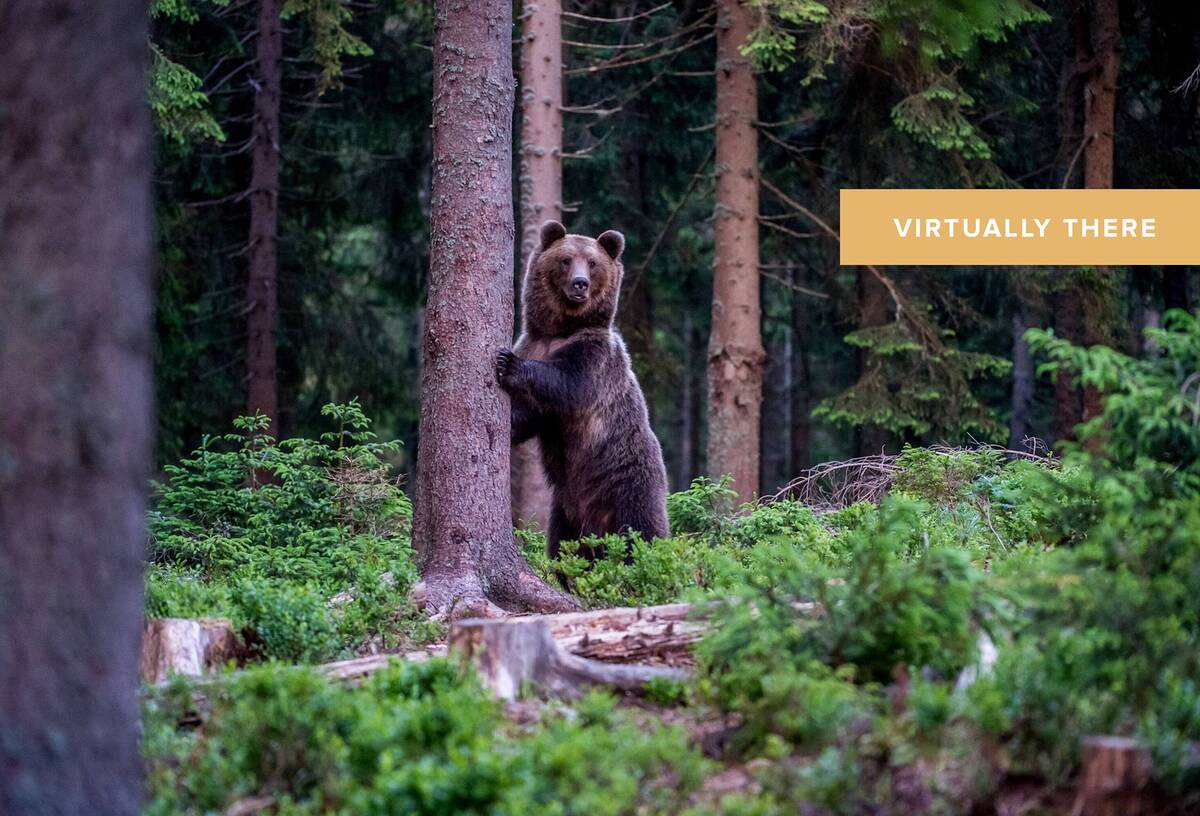
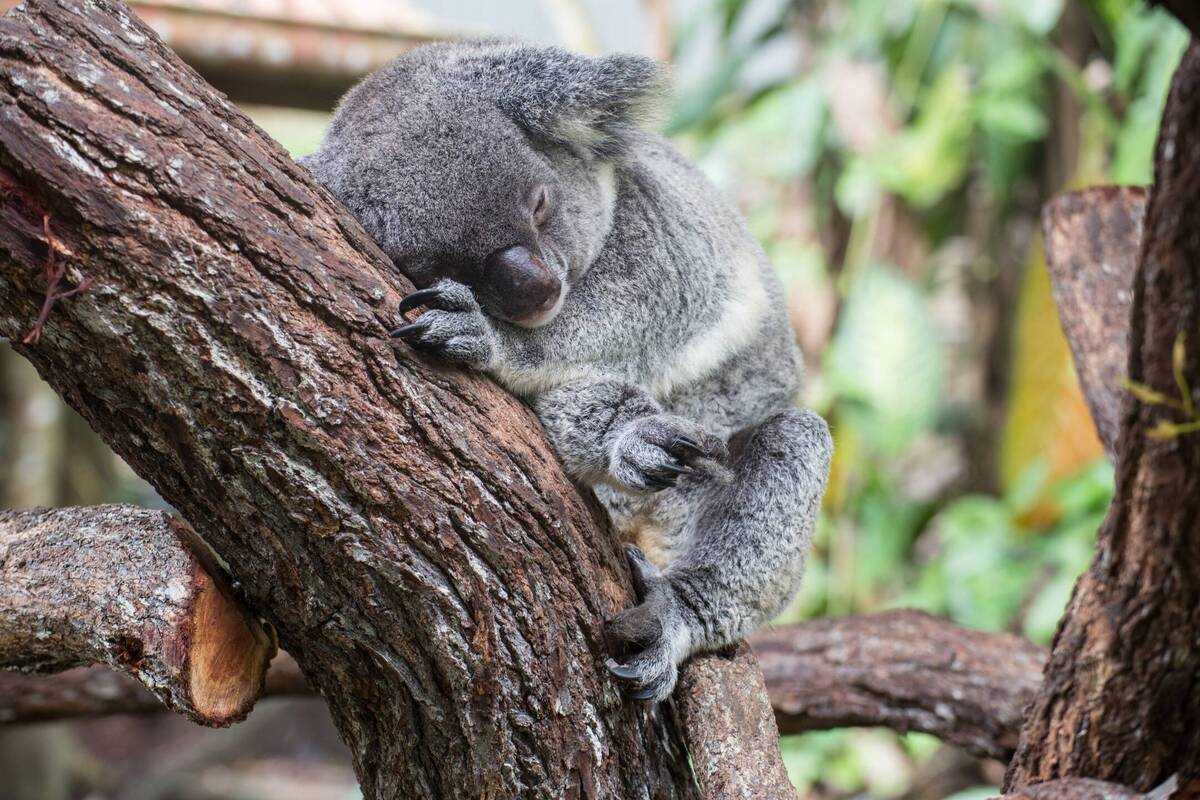













Comments